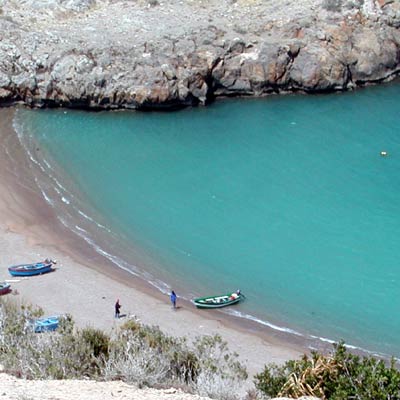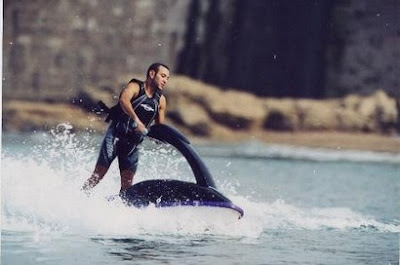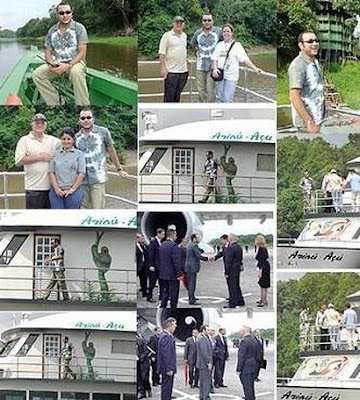SCOOP
9:09 AM
After years of grinding hard, dedication and tears, the producer known as "RedOne" has become one of the most sought after record producers in the world. Rising through the ranks of pop music, his name has become synonymous with with a sound that combines influences from house, rock, R&B, Urban and pop. Although born in Morocco, it was in Europe that RedOne cut his teeth in the trenches of the distinctive pop music scene that has become synonymous with the pop music of the 21st century. After years of struggling and eventually becoming one of the most successful producers in all of Europe, RedOne has made the jump across to the US market. Since Landing on his feet in the US, RedOne has been in the studio non stop working with some of the most respected artists in modern Pop. Recent notable productions New Kids on the Block, Akon, Brandy, Enrique Iglesias, Michael Jackson, Lionel Richie, Lady GaGa, Cheetah Girls, Menudo, Varsity, Robyn, Tami Chynn, Kat DeLuna as well as the Billboard Latin Award winning Mexican band RBD, featuring the hit single "Wanna Play." RedOne's recent production of "Just Dance" by Lady GaGa has grown to an international smash hit, garnering the No. 1 spot in several countries world-wide. Her album, already released internationally, is set to be released in the U.S. this fall. In addition, the new album from The New Kids on the Block titled "The Block", features 7 tracks written and produced by RedOne. The album debuted at No. 2 on the Billboard top 100 upon release. In recent news, Pop legend Michael Jackson has hired RedOne and Akon to mastermind his new album. The trio began working together at the Palms recording studio in Las Vegas.






























